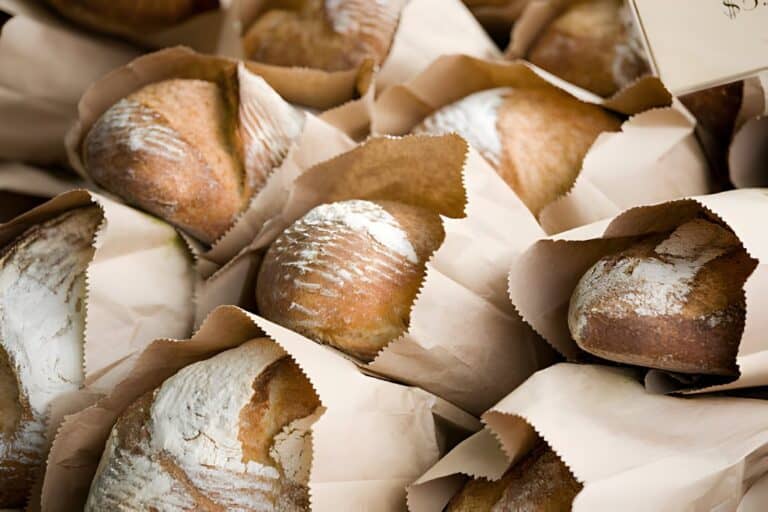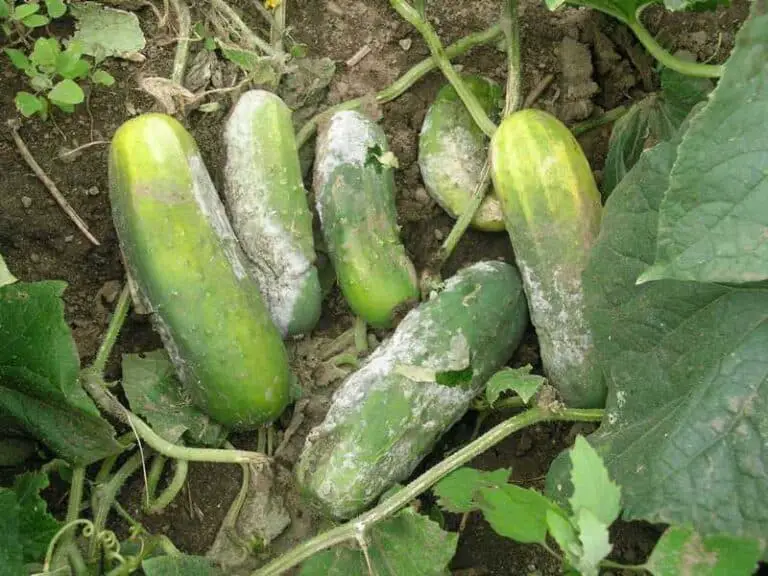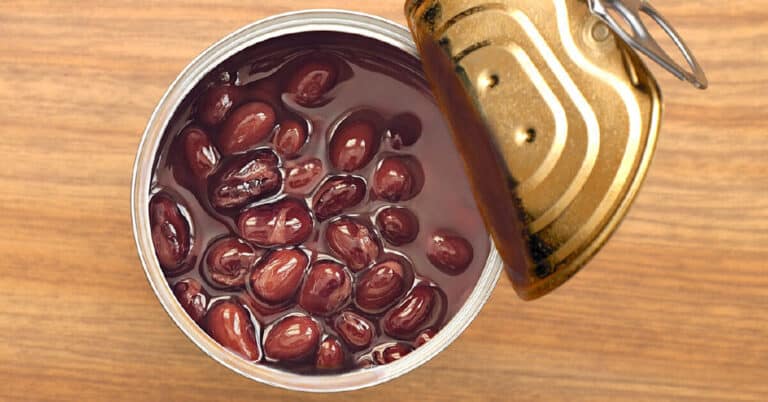How To Store Brussels Sprouts for Long Term Storage and Keep Freshness?
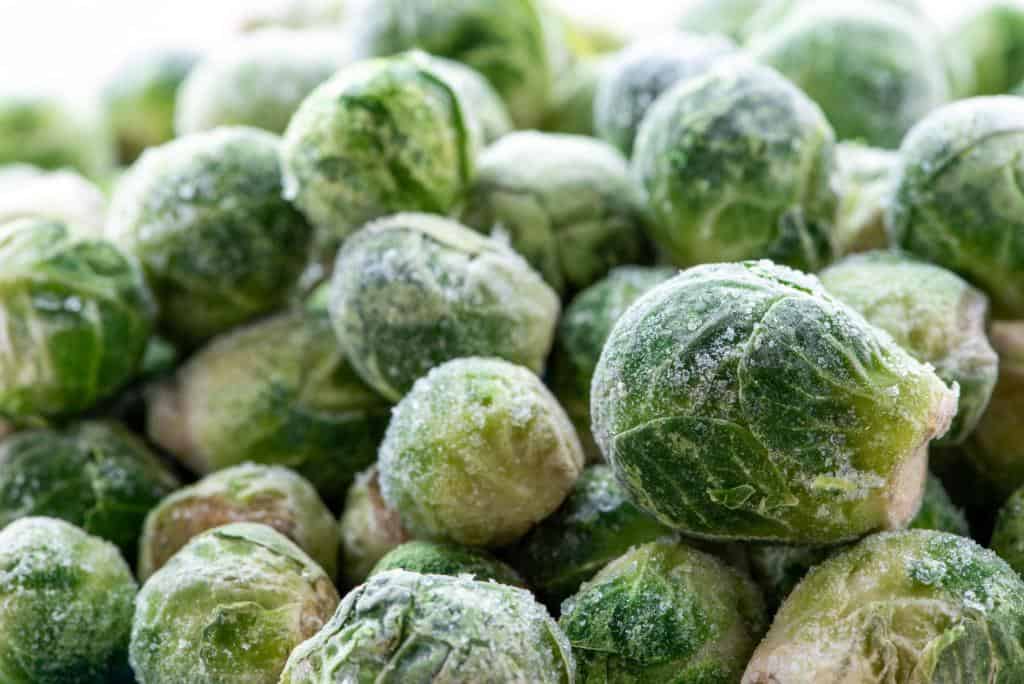
Are you a fan of Brussels sprouts? These small, nutrient-packed veggies are not only delicious but also offer a range of health benefits. Whether you’ve harvested them from your own garden or purchased them fresh from the market, knowing how to store Brussels sprouts properly can make all the difference in preserving their flavor and freshness.
In this article, we will delve into the art of long-term storage for Brussels sprouts, unveiling the secrets to keeping them crisp and vibrant for extended periods. We’ll explore various storage methods, from the convenience of your refrigerator to the traditional charm of a root cellar. By following these techniques, you’ll be able to enjoy the goodness of Brussels sprouts long after their season has passed.
So, if you’re ready to learn the tricks of the trade and unlock the secrets to maintaining the freshness of your beloved Brussels sprouts, let’s dive in and discover how to store them for long-term storage with ease and expertise.
Why Do I Need to Store Brussels Sprouts?
Storing Brussels sprouts properly is crucial for several reasons. Whether you have harvested a bountiful crop from your garden or purchased a fresh batch from the grocery store, understanding the importance of proper storage will help you make the most of these delectable vegetables. Here, we’ll delve into the reasons why storing Brussels sprouts correctly is essential.
First and foremost, proper storage allows you to maintain the freshness and quality of Brussels sprouts for an extended period of time. By implementing the right techniques, you can preserve their vibrant color, firm texture, and distinctive flavor.
This is especially important if you have a surplus of Brussels sprouts that you want to enjoy over an extended period or if you want to savor the peak flavors of the harvest season throughout the year.
Additionally, storing Brussels sprouts correctly helps preserve their nutritional value. These small, cabbage-like vegetables are packed with essential vitamins and minerals, including vitamin C, vitamin K, and folate. However, exposure to improper storage conditions can lead to nutrient loss over time.
By following the best practices for storage, you can retain the maximum amount of nutrients in the sprouts, ensuring that they continue to provide their health benefits even after extended periods.
Furthermore, proper storage minimizes food waste. Brussels sprouts are a perishable vegetable, and without appropriate storage, they can spoil quickly. By storing them correctly, you can prolong their shelf life, reducing the likelihood of them going to waste. This not only helps you save money but also contributes to sustainable practices by making the most of the resources you have available.
How To Store Brussels Sprouts for Long Term Storage and Keep Freshness
Storing Brussels sprouts for long-term storage requires a few essential steps to ensure their freshness and quality are preserved. Here are seven ways to store Brussels sprouts for long-term storage and to keep them fresh. By following these guidelines, you can extend the shelf life of your Brussels sprouts and enjoy their deliciousness for an extended period of time.
1. Storing Brussels Sprouts in the Refrigerator
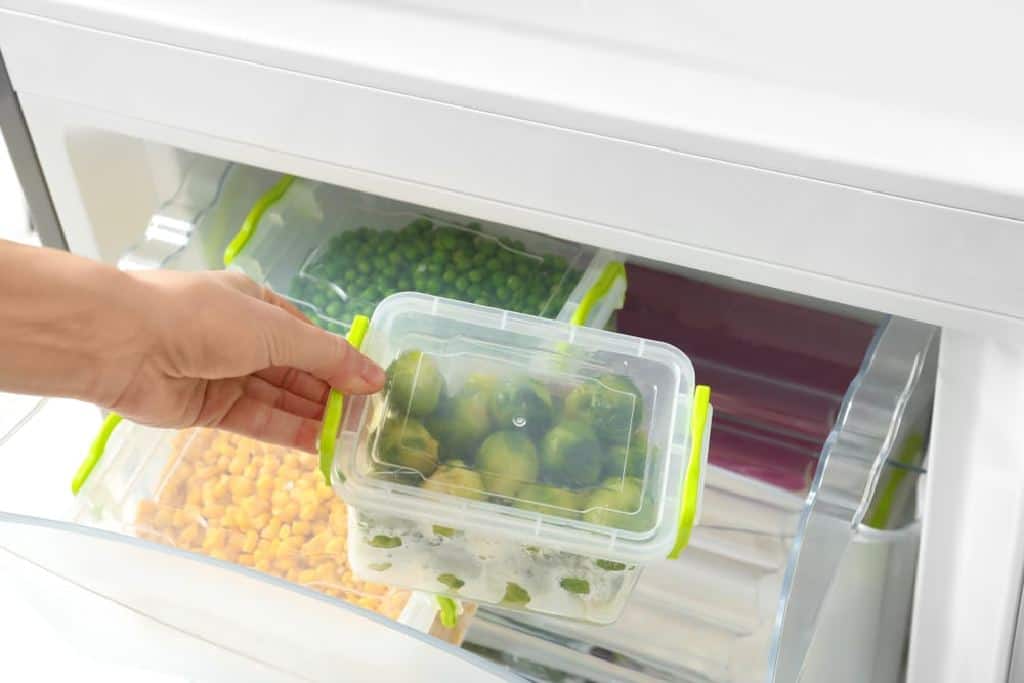
If you plan to use your Brussels sprouts within a shorter time frame, refrigeration is a suitable option. To maximize their freshness, store the sprouts in the refrigerator at an ideal temperature of around 32-40°F (0-4°C). The humidity level should be moderate, around 90-95%.
Choose an appropriate container for storage, such as a breathable produce bag or an airtight container with vents. This ensures proper air circulation while protecting the sprouts from drying out or becoming overly moist. If storing in a container, layer the sprouts in a single layer to prevent excessive compression and potential bruising.
By organizing the sprouts in your refrigerator, you can easily keep track of their freshness. Place them towards the back of the refrigerator, away from the door, to maintain a consistent temperature.
2. Freezing Brussels Sprouts for Long-Term Storage
Freezing Brussels sprouts is an excellent method for long-term storage, allowing you to enjoy their freshness and nutritional benefits even when they’re out of season. Before freezing, it’s recommended to blanch the sprouts. Blanching, a brief boiling process, helps preserve the flavor, texture, and color of the sprouts.
Blanching process and its benefits
Blanching involves immersing the sprouts in boiling water for a short period, typically 3-5 minutes, and then transferring them to an ice bath to halt the cooking process. This blanching step helps deactivate enzymes that can cause flavor loss and nutrient degradation. By blanching Brussels sprouts before freezing, you ensure that they retain their quality during storage.
Flash-freezing techniques
After blanching, it’s essential to properly freeze the sprouts to maintain their individual integrity. Flash-freezing is a popular technique for this purpose. Arrange the blanched sprouts in a single layer on a baking sheet and place them in the freezer until they’re solidly frozen. This prevents the sprouts from clumping together and allows you to take out only the desired amount when needed.
Packaging and labeling frozen sprouts
Once the sprouts are frozen, transfer them to airtight, freezer-safe containers or freezer bags. Make sure to remove excess air from the packaging to prevent freezer burn. Label the containers with the date of freezing for easy reference when retrieving them later.
3. Using the Blanch-and-Freeze Method for Convenience
If you often use Brussels sprouts in your cooking, the blanch-and-freeze method can provide a convenient solution. By blanching and freezing the sprouts in advance, you have them readily available for various recipes. Here’s a step-by-step guide for using the blanch-and-freeze method:
- Clean the sprouts thoroughly, removing any dirt or debris.
- Trim the stems and discard any damaged leaves.
- Bring a pot of water to a rolling boil.
- Submerge the sprouts in the boiling water for 3-5 minutes.
- Transfer the blanched sprouts to an ice bath and let them cool for the same duration as the blanching time.
- Drain the sprouts and pat them dry with a clean kitchen towel or paper towels.
- Arrange the dried sprouts in a single layer on a baking sheet.
- Place the baking sheet in the freezer and allow the sprouts to freeze solidly.
- Transfer the frozen sprouts to airtight, freezer-safe containers or bags.
- Label the containers with the date and return them to the freezer for long-term storage.
By following this method, you’ll have blanched and frozen Brussels sprouts ready for roasting or other culinary uses whenever you need them.
4. Extending Freshness with Fermentation or Pickling
Another interesting way to preserve Brussels sprouts and add unique flavors to your dishes is through fermentation or pickling. Fermenting Brussels sprouts involves creating a brine solution that encourages beneficial bacteria to break down sugars and transform the flavor. Pickling, on the other hand, involves immersing the sprouts in a flavored vinegar solution.
Fermenting Brussels sprouts
To ferment Brussels sprouts, you’ll need a brine solution consisting of water, salt, and optional seasonings such as garlic, dill, or chili flakes. Place the sprouts in a jar or fermentation crock, cover them with the brine, and let them ferment at room temperature for several days. The fermentation process will result in tangy and slightly sour sprouts with enhanced flavors.
Pickling Brussels sprouts in various brines
Pickling offers a range of flavor options for your Brussels sprouts. You can experiment with different brines, such as a classic vinegar brine, a sweet and tangy brine, or even a spicy brine. After cleaning the sprouts, pack them tightly into sterilized jars and pour the prepared brine over them. Seal the jars and refrigerate for a few days to allow the flavors to develop. Pickled Brussels sprouts make a delightful addition to salads, charcuterie boards, or sandwiches.
5. Storing Brussels Sprouts in a Root Cellar
If you have access to a root cellar, it can be an ideal place to store Brussels sprouts for long-term storage. Here’s how to store Brussels sprouts in a root cellar:
- Clean and trim: Clean the Brussels sprouts thoroughly, removing any dirt or debris. Trim the stems and remove loose or damaged leaves.
- Create a storage container: Fill a wooden crate or a sturdy, breathable container with dry sand or peat moss. The container should be deep enough to accommodate the Brussels sprouts, with a layer of sand or moss on top.
- Place the sprouts: Arrange the cleaned Brussels sprouts in a single layer on top of the sand or peat moss. Make sure the sprouts don’t touch each other to prevent the spread of spoilage.
- Cover with sand or moss: Gently pour sand or peat moss over the Brussels sprouts, ensuring that they are completely covered. The sand or moss will help maintain humidity and provide insulation.
- Store in the root cellar: Place the container in a cool, dark, and well-ventilated root cellar. The temperature should be around 32-40°F (0-4°C) with a humidity level of 90-95%.
- Check regularly: Regularly check the Brussels sprouts for any signs of spoilage. Remove any sprouts that show decay or mold to prevent them from affecting the others.
Learn: What Contributes to the High Cost of Brussels Sprouts?
Tips for Properly Thawing and Using Frozen Brussels Sprouts
When it’s time to use your frozen Brussels sprouts, proper thawing is essential to maintaining their texture and flavor. Follow these tips for optimal results:
- Transfer the desired amount of frozen sprouts to a bowl or container.
- Place the container in the refrigerator and allow the sprouts to thaw slowly overnight. This gentle thawing process helps retain their crispness and prevents excessive moisture loss.
- Avoid thawing Brussels sprouts at room temperature or using methods such as microwaving, as they can result in a mushy texture.
Once thawed, you can use the sprouts in various recipes. They work well in roasted vegetable medleys, stir-fries, soups, or even as a side dish on their own. Be creative and experiment with different seasonings and cooking techniques to discover your favorite way of enjoying thawed Brussels sprouts.
Monitoring and Maintaining the Quality of Stored Brussels Sprouts
To ensure the long-term freshness of your stored Brussels sprouts, it’s important to monitor them regularly and take appropriate steps to maintain their quality. Here are some tips to help you with that:
- Check the sprouts periodically for any signs of spoilage, such as mold, discoloration, or unpleasant odors. Discard any sprouts showing these signs.
- Practice a first-in, first-out approach when using your stored sprouts. Rotate them so that older sprouts are used before fresher ones.
- If you notice any sprouts starting to deteriorate, consider using them in cooked dishes rather than consuming them raw.
- Properly dispose of any spoiled sprouts to prevent the spread of bacteria or contamination.
Conclusion
Properly storing Brussels sprouts is crucial to preserving their freshness and flavor over time. Whether you choose to refrigerate or freeze them, following the recommended techniques ensures that you’ll have delicious sprouts available whenever you need them.
So, the next time you’re wondering, “Do you wash and rinse Brussels sprouts before roasting?” Remember the importance of proper preparation and storage to maximize their quality. Enjoy the delectable flavors of Brussels sprouts in your meals all year!
FAQs
Should I wash Brussels sprouts before storing them for long-term storage?
It is recommended to wash and rinse Brussels sprouts under cool, running water to remove any dirt or debris. However, avoid soaking or submerging Brussels sprouts in water, as excessive moisture can lead to spoilage. Pat them dry thoroughly before storing to prevent moisture buildup.
Can I store Brussels sprouts at room temperature?
Brussels sprouts are best stored in the refrigerator to maintain their freshness and extend their shelf life. The ideal temperature range for refrigeration is between 32°F (0°C) and 40°F (4°C). This helps them retain their crisp texture and flavor for a longer period of time.
Can I freeze Brussels sprouts for long-term storage?
Yes, freezing Brussels sprouts is an excellent option for long-term storage. Before freezing, blanch the sprouts in boiling water for about 3 minutes, then cool them in an ice bath. Drain them thoroughly and pack them in airtight freezer bags or containers. Properly frozen Brussels sprouts can last up to 12 months in the freezer.
How should I store trimmed Brussels sprouts?
After trimming Brussels sprouts by removing loose or yellowed leaves, store them in a breathable container or perforated plastic bag in the refrigerator. This allows proper airflow and prevents moisture buildup. Remember to check them periodically for any signs of spoilage and remove any damaged sprouts.
How long can I store Brussels sprouts in the refrigerator?
When stored correctly, Brussels sprouts can typically stay fresh in the refrigerator for about 1 to 2 weeks. It’s essential to regularly inspect them for any signs of wilting, discoloration, or decay. Discard any sprouts that have become soft or have a foul odor, as these indicate spoilage.


